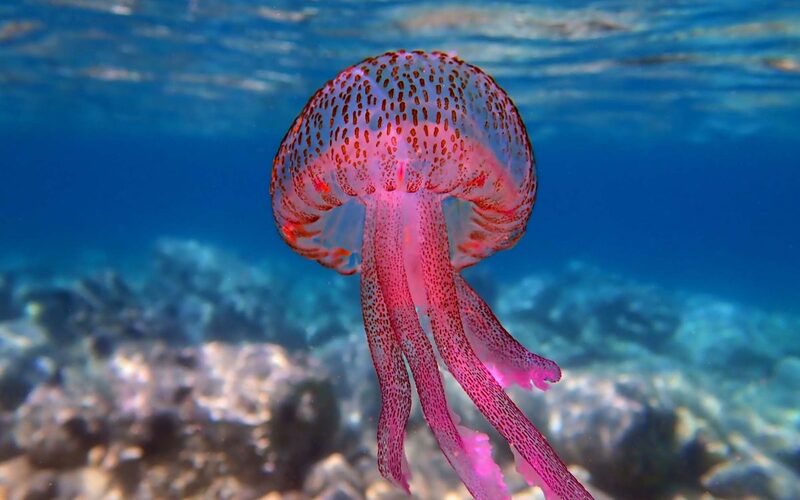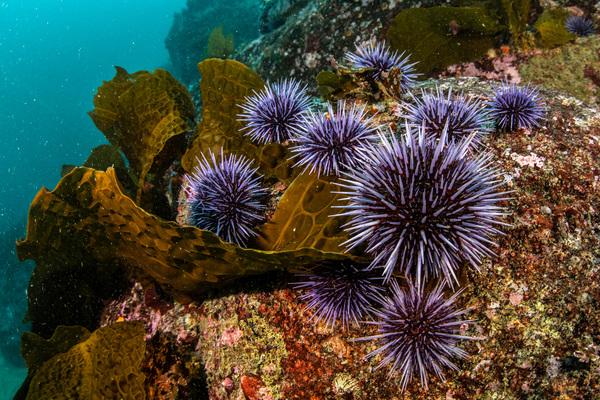
Sea Urchin
Echinoidea
Table of Contents:Introduction to Sea UrchinsTypes of Sea UrchinsHabitat and···
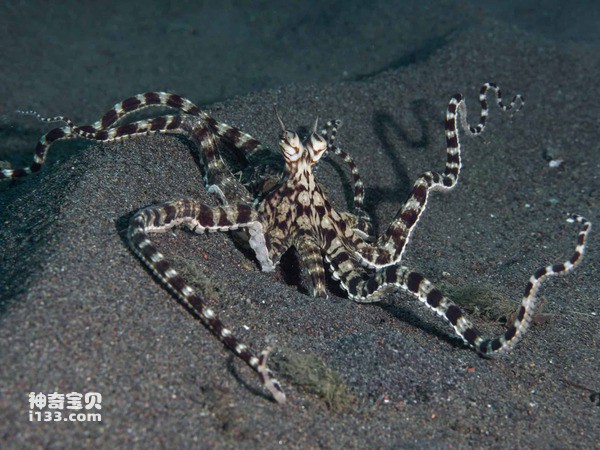
Mimic Octopus
Mimic Octopus: The Master of Disguise in the OceanThe mimic octopus (Thaumoc···
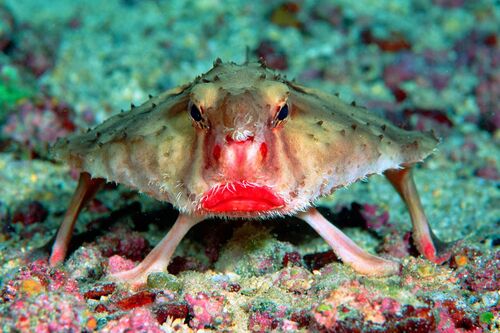
Ogcocephalus darwini
Red Lipped Batfish,Galapagos batfish, Daphnia galapagos batfish
The Red-Lipped Batfish (scientific name: Ogcocephalus darwini) is one of the···
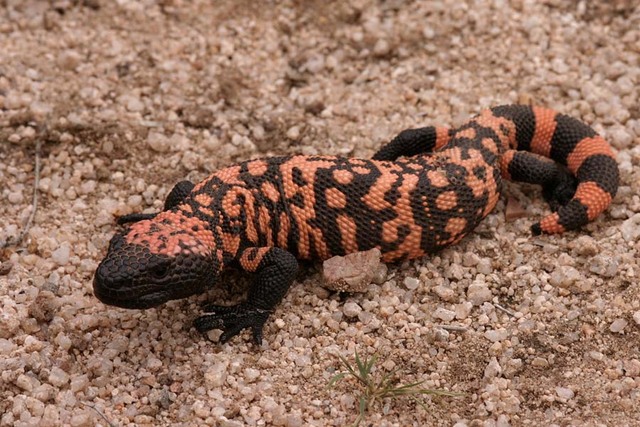
Heloderma suspectum
Gila Monster, American Gila Monster, Gila Monster,Gila Monster, Blunt-tailed Lizard, Aztec Lizard
The Gila Monster (scientific name: Heloderma suspectum) is also known as the···
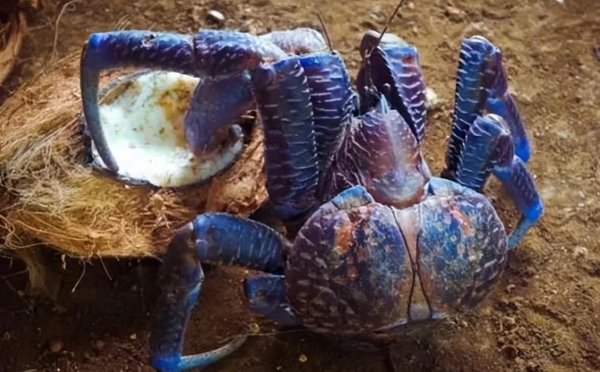
Birgus latro
Coconut Crab,Gossip crab, robber crab
Coconut crab (scientific name: Birgus latro, foreign name Coconut Crab), als···

Orycteropus afer
Native pig, anteater, African anteater, ant bear,Aardvark
Aardvark (scientific name: Orycteropus afer), also known as: ground pig, ant···

Dromaius novaehollandiae
Emu,Dromaius ater, Dromaius novaehollandiae rothschild,Australian ostrich, Ostrich australis,cassowary
Emu (scientific name: Dromaius novaehollandiae, pronounced the same as "···
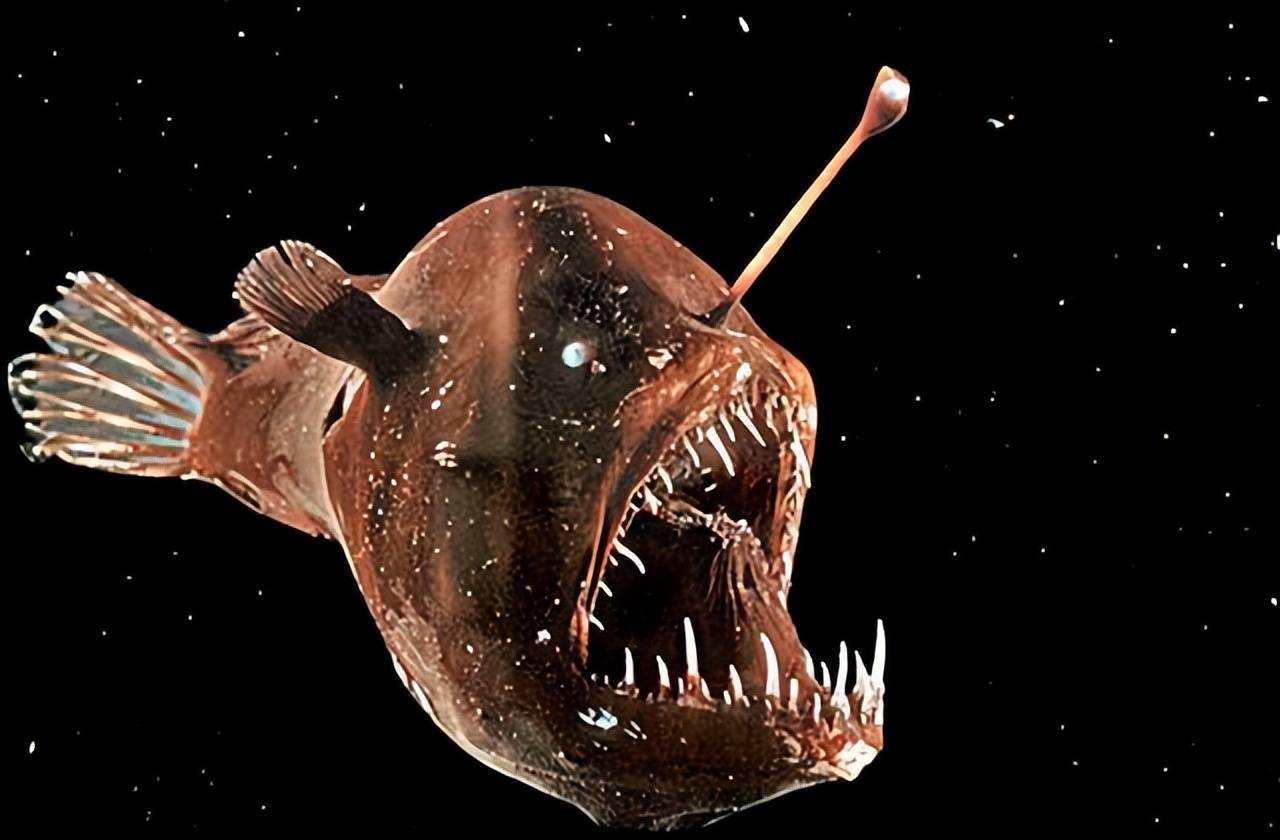
Lophiiformes
anglerfish,Monkfish, scale fish, toadfish, sea toad, anglerfish, stuttering fish, lantern fish, ugly woman fish
Anglerfish (scientific name: Lophiiformes) Chinese pinyin: (ān kāng), comm···

Phascolomidae
Wombat
Wombats, or Phascolomidae, are marsupials in Australia. They belong to the o···

Setonix brachyurus
Short-tailed grey wallaby, short-tailed wallaby
The quokka (scientific name: Setonix brachyurus) is a marsupial mammal of th···
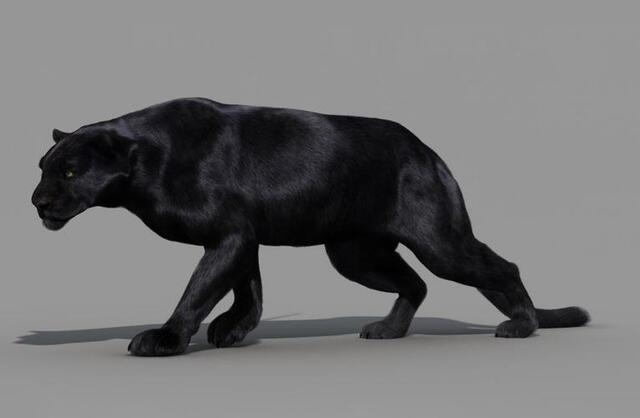
Panthera pardus fusca
Black Leopard, Leopard, panther
The black panther is a black variant of the leopard (Panthera pardus fusca).···
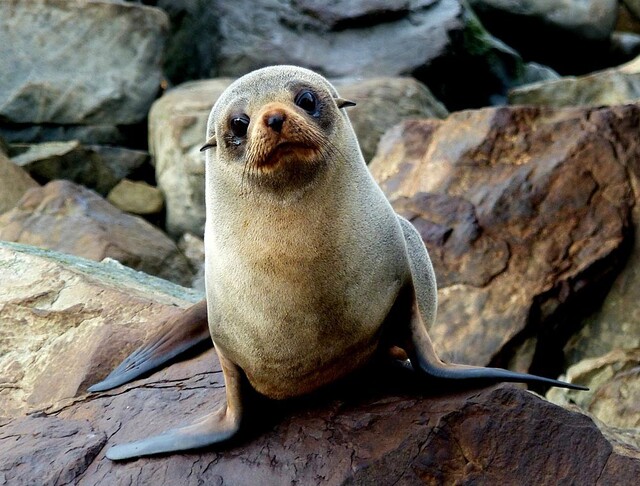
fur seal
Arctocephalinae
The fur seal is a mammal of the carnivorous order Sea Lion, subfamily Sealid···

Otodus megalodon
Carcharocles megalodon,Megalodon
Megalodon (scientific name: Carcharocles megalodon, Otodus megalodon), also ···

Psilopogon nuchalis
Psilopogon nuchalis,Megalaima nuchalis,Taiwan Barbet
Psilopogon nuchalis, Megalaima nuchalis and Taiwan Barbet are endemic to Tai···

Psilopogon oorti
Psilopogon oorti,Megalaima faber,Chinese Barbet
Psilopogon oorti, Megalaima faber, Chinese Barbet, has 4 subspecies (1. Cent···
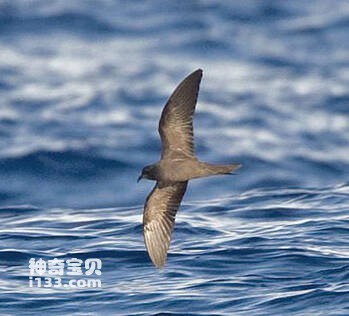
Oceanites oceanicus
Oceanites oceanicus,Wilson's Storm-Petrel
Smoke black fork tail petrel (scientific name: Oceanites oceanicus) foreign ···
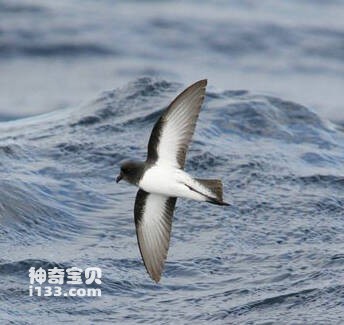
Garrodia nereis
Garrodia nereis,Gray-backed Storm Petrel
Garrodia nereis (Gray-backed Storm Petrel) is a congregating bird, either in···

Oceanites oceanicus
Oceanites oceanicus,Wilson's Storm Petrel
Oceanites oceanicus, Wilson' s Storm Petrel is a kind of petrel.Yellow-w···

Thalassoica antarctica
Thalassoica antarctica,Antarctic Petrel
The Antarctic Petrel (Thalassoica antarctica, Antarctic Petrel) is a Marine ···
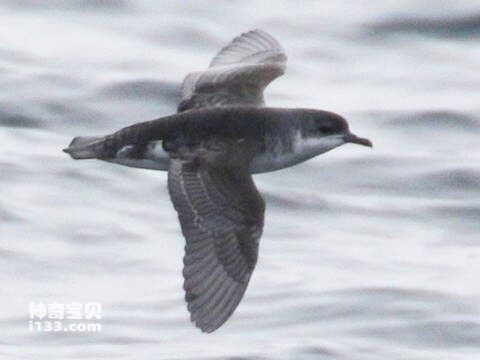
Puffinus elegans
Puffinus elegans,Subantarctic Shearwater
The Subantarctic Shearwater (Puffinus elegans) is a bird of the genus Puffin···

Daption capense
Daption capense
Its scientific name is Daption capense, but its specific habits are unknown.···

porpoise
The porpoise (Phocoena phocoena in Latin), also known as porpoise, is the mo···
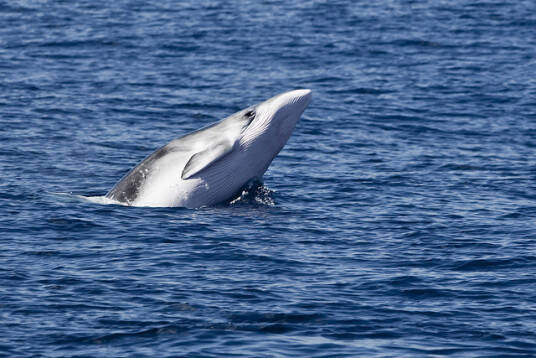
Balaenoptera bonaerensis
Antarctic baleen whale, Southern minke whale
Antarctic minke whale (scientific name: Balaenoptera bonaerensis) is also kn···

Rangifer tarandus
Rangifer tarandus,Reindeer
Reindeer (scientific name: Rangifer tarandus) is called Reindeer in foreign ···

Cervus axis
Cervus axis,Uŋpȟáŋ Glešká,Hupah Glešká,Spotted deer, white deer
The scientific name of the spotted deer, Cervus axis or Axis axis, is active···
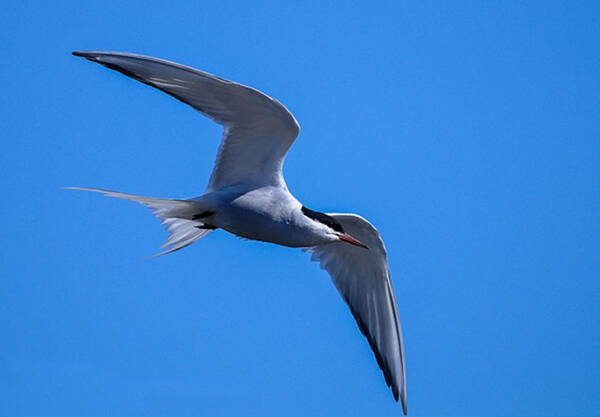
Sterna paradisaea
Arctic Tern ,Sterna paradisaea
The Arctic tern is a seabird belonging to the tern genus. It is medium-sized···
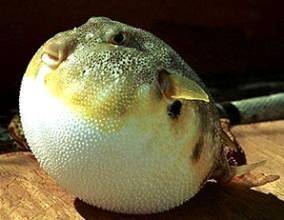
Tetraodontidae
Tetraodontidae,pufferfish、puffers,Pufferfish, boatfish, pufferfish, good fish, chicken, turtle fish
Pufferfish (scientific name Tetraodontidae) is also known as pufferfish or p···



